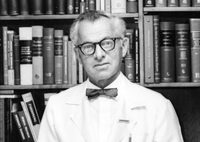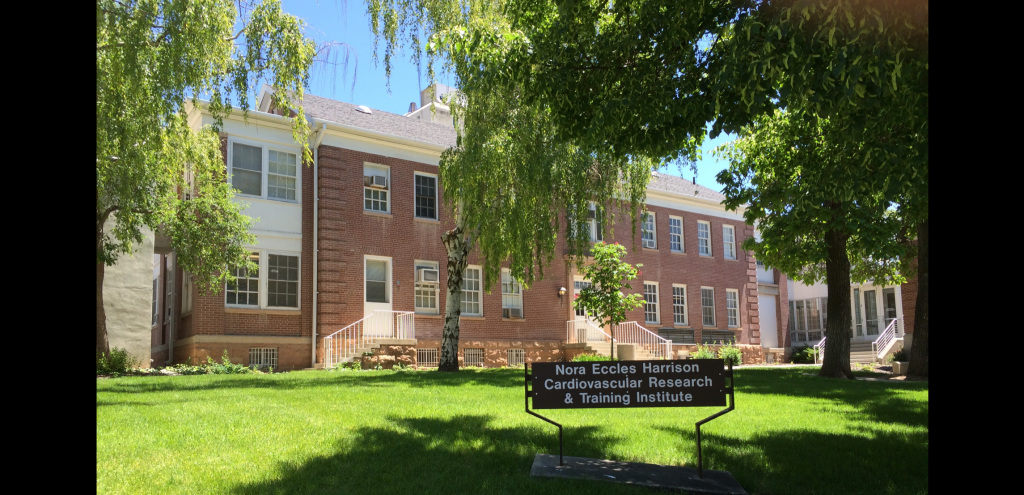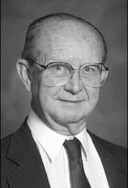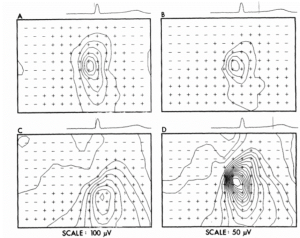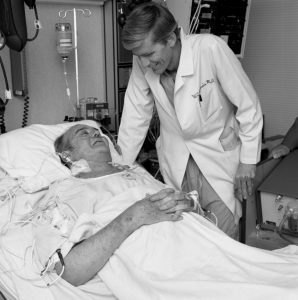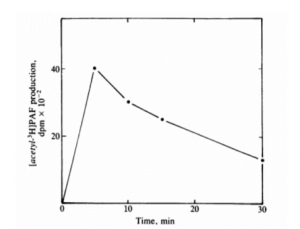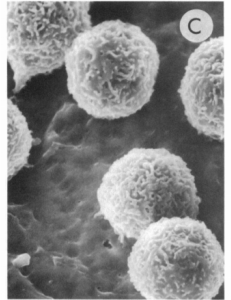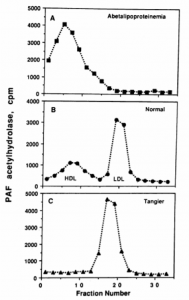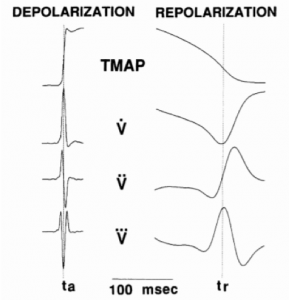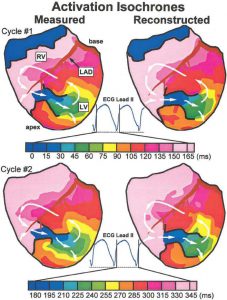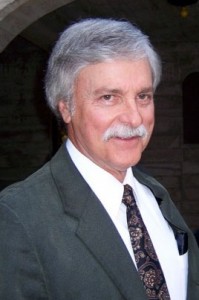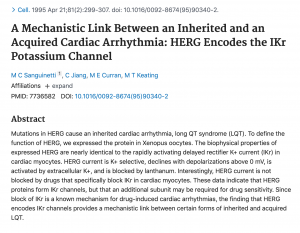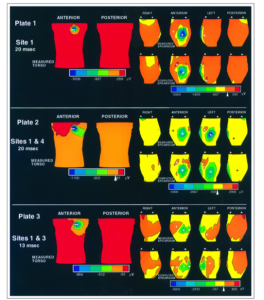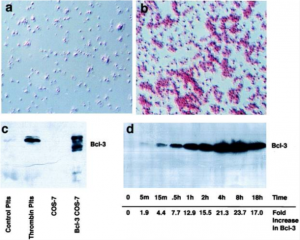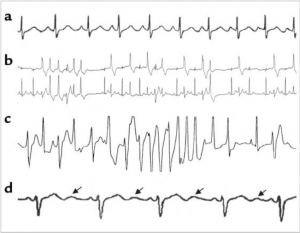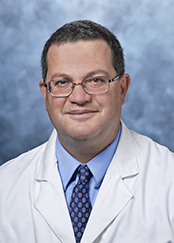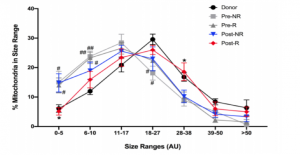CVRTI Timeline
April 27 1967
Maxwell M. Wintrobe, MD, then Chair of the Department of Internal Medicine, serves as the Planning Coordinator of CVRTI and later as the first Director (1969).
April 27 1969
The Utah Board of Regents formally establishes the Nora Eccles Harrison Cardiovascular Research and Training Institute (CVRTI) at the University.
May 14 1976
Drs. Abildskov, Burgess, Lux, and Vincent study he utility of body surface electrical mapping in detecting ventricular recovery properties in humans.
Abildskov JA, Burgess MJ, Lux RL, Wyatt R, Vincent M. The Expression of Normal Ventricular Repolarization in the Body Surface Distribution of T Potentials. Circulation, 54 (6), 901-906, 1976
May 14 1978
Drs. Abildskov, Burgess, and Lux demonstrate the conditions of increased local disparity of ventricular recovery which increase vulnerability to arrhythmia can be detected by analysis of the body surface electrocardiogram.
Urie PM, Burgess MJ, Lux RL, Wyatt R, Abildskov JA. The electrocardiographic recognition of cardiac states at high risk of ventriculararrhythmias: An experimental study in dogs.
Circulation Research, 42 (3), 350-358, 1978
April 27 1982
Dr. William Devries implants the Jarvik-7 heart into Dr. Barney Clark at the University of Utah.
May 14 1984
Drs. McIntyre, Prescott, and Zimmerman demonstrate that human endothelial cells rapidly express adhesion molecules for leukocytes when activated by prothrombotic or proinflammatory agonists.
Prescott SM, Zimmerman GA, McIntyre TM. Human endothelial cells in culture produce platelet-activating factor (1-alkyl-2-acetyl-sn-glycero-3-phosphocholine) when stimulated with thrombin. PNAS, 881, 3534-3538, 1984
May 14 1985
Drs. McIntyre, Prescott, and Zimmerman demonstrate that thrombin promotes neutrophil-endothelial interaction provided the basis for further research regarding inflammatory cell-cell interactions.
Zimmerman GA, McIntyre TM, Prescott SM. Thrombin stimulates the adherence of neutrophils to human endothelial cells in vitro. J. Clin. Invest. 76, 2235-2246, 1985
May 14 1989
Drs. McIntyre, Prescott, Stafforini, and Zimmerman first demonstrate that the plasma lipid environment significantly modulates PAF hydrolase activity provided the basis for further research concerning lipid signaling and inflammatory regulation.
Stafforini DM, Carter ME, Zimmerman GA, McIntyre. TM, Prescott SM. Lipoproteins alter the catalytic behavior of the platelet-activating factor acetylhydrolase in human plasma. PNAS 86, 2393-2397, 1989
May 14 1990
Drs. Haws and Lux demonstration of the close relationship between ventricular action potential duration (cellular recordings) and electrograms recorded at the body surface.
Haws CSW and Lux RL. Correlation between in vivo transmembrane action potential durations and activation-recovery intervals from electrograms. Effects of interventions that alter repolarization time. Circulation 81, 281–288, 1990
May 14 1990
Drs. Bridge and Spitzer show the close connection between calcium influx via calcium current and efflux via sodium-calcium exchange in heart cells.
Bridge JH, Smolley JR, Spitzer KW. The relationship between charge movements associated with ICa and INa-Ca in cardiac myocytes. Science, 248(4953), 376-378, 1990.
April 30 1991
Taccardi and Lux publish a structural model of epicardial mapping from the body surface.
May 14 1997
Drs. Ershler, Lux, and Taccardi demonstrate electrical recordings from the body surface can reliably detect three-dimensional electrical activation of the ventricles.
Oster HS, Taccardi B, Lux RL, Ershler PR, Rudy Y. Noninvasive Electrocardiographic Imaging: Reconstruction of Epicardial Potentials, Electrograms, and Isochrones and Localization of Single and Multiple Electrocardiac Events. Circulation, 96 (3), 1012-1024, 1997
May 14 1998
Drs. Elstad, McIntyre, Prescott, Weyrich, and Zimmerman demonstrate that activated human platelets translate messenger RNAs, which are basally present in an extensive and diverse endogenous transcriptome, to critical biologically-active proteins, fundamentally altering paradigms in platelet biology.
Weyrich AS, Dixon DA, Ravinder P, Elstad MR, McIntyre TM, Prescott SM, Zimmerman GA. Signal-dependent translation of a regulatory protein, Bcl-3, in activated human platelets. PNAS, 95: 5556-5561,1998
April 30 1999
Rob MacLeod, PhD, Kenneth Spitzer, PhD, and Bruno Taccardi, MD, PhD are appointed co-Directors.
May 14 2000
Drs. MacLeod and Taccardi strengthen the validity of using electrocardiographic imaging to detect and localize areas of myocardial infarct and structural disease.
Burnes JE, Taccardi B, MacLeod RS, and Rudy Y. Noninvasive ECG Imaging of electrophysiologically abnormal substrates in infarcted hearts. A model study. Circulation, 101 (5), 533-540, 2000
May 14 2002
Dr. Tristani identifies several novel potassium channel mutations that provide new insight concerning the mechanism of cardiac arrhythmia in patients with Anderson syndrome.
Tristani-Firouzi M, Jensen JL, Donaldson MR, Sansone V, Meola G, Hahn A, Bendahhou S, Kwiecinski H, Fidzianska A, Plaster N, Fu YH, Ptacek LJ, Tawil R. Functional and clinical characterization of KCNJ2 mutations associated with LQT7 (Andersen syndrome). J Clin Invest. 110(3):381-388, 2002
May 14 2003
Dr. Sheets defines the molecular basis of lidocaine’s effect on sodium channel gating.
Sheets MF and Hanck DA. Molecular action of lidocaine on the voltage sensors of sodium channels. J. Gen. Physiol. 121:163-175, 2003
May 14 2011
The first comprehensive evaluation of selective actions of intracellular and extracellular pH on calcium handling in heart cells by Dr. Spitzer.
Saegusa, N., Moorhouse, E., Vaughan-Jones, R.D., Spitzer KW. Influence of pH on Ca2+current and its control of electrical and Ca2+ signaling in ventricular myocytes. J Gen Physiol, 138(5), 537-559, 2011.
May 14 2014
Dr. Sanguinetti describes the molecular basis of gating in a key potassium channel involved in cardiac action potential repolarization.
Wu W, Gardner A, Sanguinetti MC. Cooperative Subunit Interactions Mediate Fast C-type Inactivation of hERG1 K+ Channels. Journal of Physiology. 592(20):4465-4480, 2014.
May 14 2017
Drs. Dosdall, MacLeod, and Ranjan demonstrate late gadolinium enhancement-MRI done acutely after myocardial ablation can quantify edema in the tissue and correlate the acute MRI findings with chronic lesion formation.
Ghafoori E, Kholmovski EG, Thomas S, Silvernagel J, Angel N, Hu N, Dosdall D, MacLeod R, Ranjan R. Characterization of Gadolinium Contrast-Enhancement of Radiofrequency Ablation Lesions in Predicting Edema and Chronic Lesion Size. Circ Arrhythm Electrophysiol. 10(11), 2017.
May 14 2017
Drs. Drakos, Sachse, Selzman, and Tristani-Firouzi demonstrate that end-stage human heart failure induces development of sheet-like invaginations of the cell membrane that may constitute a precondition and predictor for functional cardiac recovery after mechanical unloading.
T. Seidel, S. Navankasattusas, A. Ahmad, N. A. Diakos, W. D. Xu, M. Tristani-Firouzi, M. J. Bonios, I. Taleb, D. Y. Li, C. H. Selzman, S. G. Drakos, and F. B. Sachse. Sheet-like remodeling of the transverse tubular system in human heart failure impairs excitation-contraction coupling and functional recovery by mechanical unloading. Circ, 135(17):1632-45, 2017.
May 14 2018
Drs. Franklin, Warren, and Zaitsev demonstrate mitochondrial metabolism can be regulated by Smyd1, an important modulator of gene expression in the heart.
Warren J, Tracy CM, Miller MR, Makaju A, Szulik MW, Yuzyuk TN, Barton DW, Wang L, García J, Sabry AD, Cawley K, Cox J, Yong Hwan Han, Boudina S, Fiehn O, Tucker H, Zaitsev AV, Franklin S. Histone Methyltransferase Smyd1 Regulates Mitochondrial Energetics in the Heart. PNAS,115 (33): E7871-E7880, 2018.
May 14 2020
Drs. Chaudhuri, Drakos, and Selzman demonstrate heart failure patients who successfully respond to mechanical unloading have major alterations in cardiac metabolism that may facilitate their recovery.
Badolia R, Ramadurai DKA, Abel ED, Ferrin P, Taleb I, Shankar TS, Thodou Krokidi A, Navankasattusas S, McKellar SH, Yin M, Kfoury AG, Wever-Pinzon O, Fang JC, Selzman CH, Chaudhuri D, Rutter J, Drakos SG. The Role of Non-Glycolytic Glucose Metabolism in Myocardial Recovery upon Mechanical Unloading and Circulatory Support in Chronic Heart Failure. Circulation. doi: 10.1161/CIRCULATIONAHA.119.044452, April 2020

